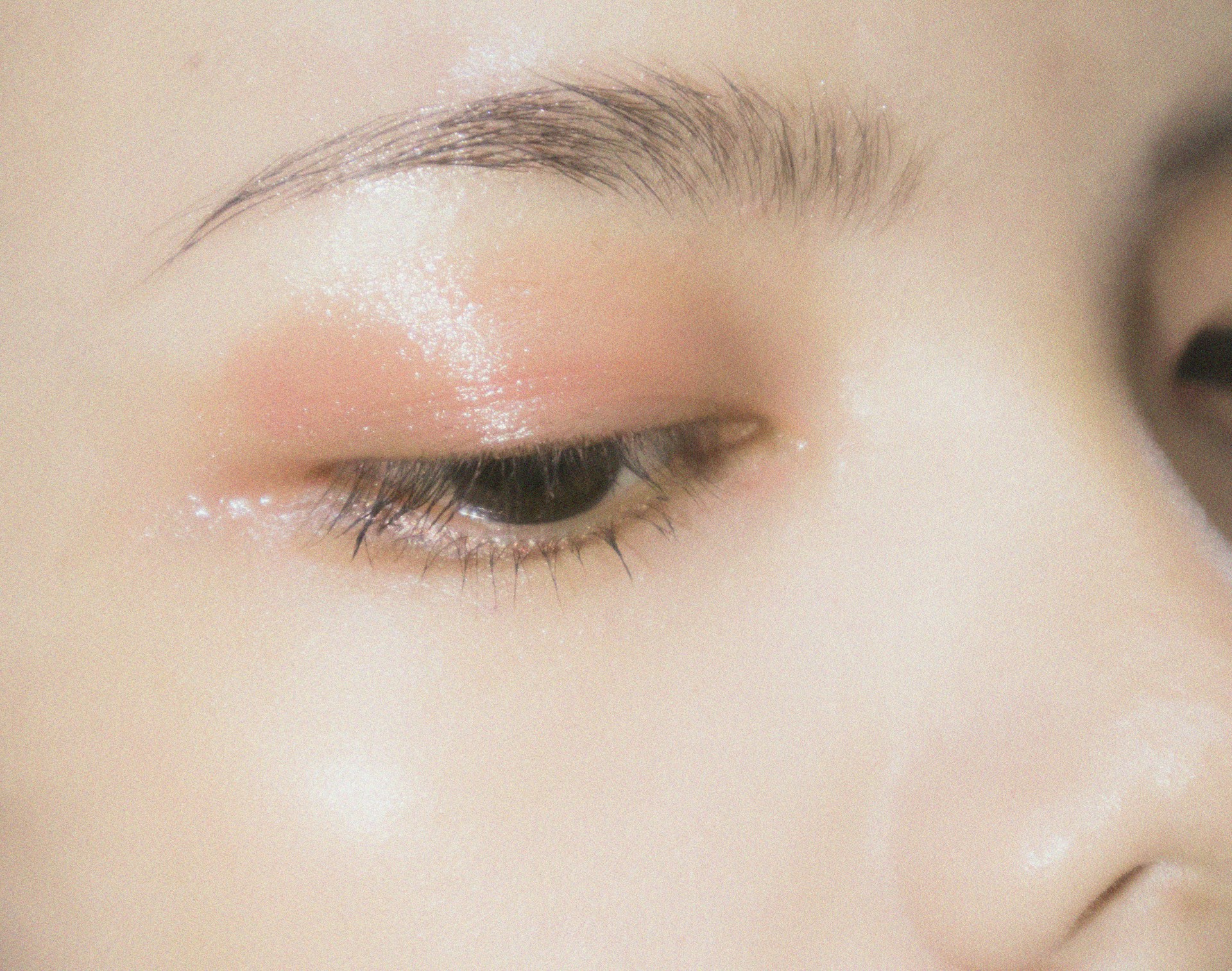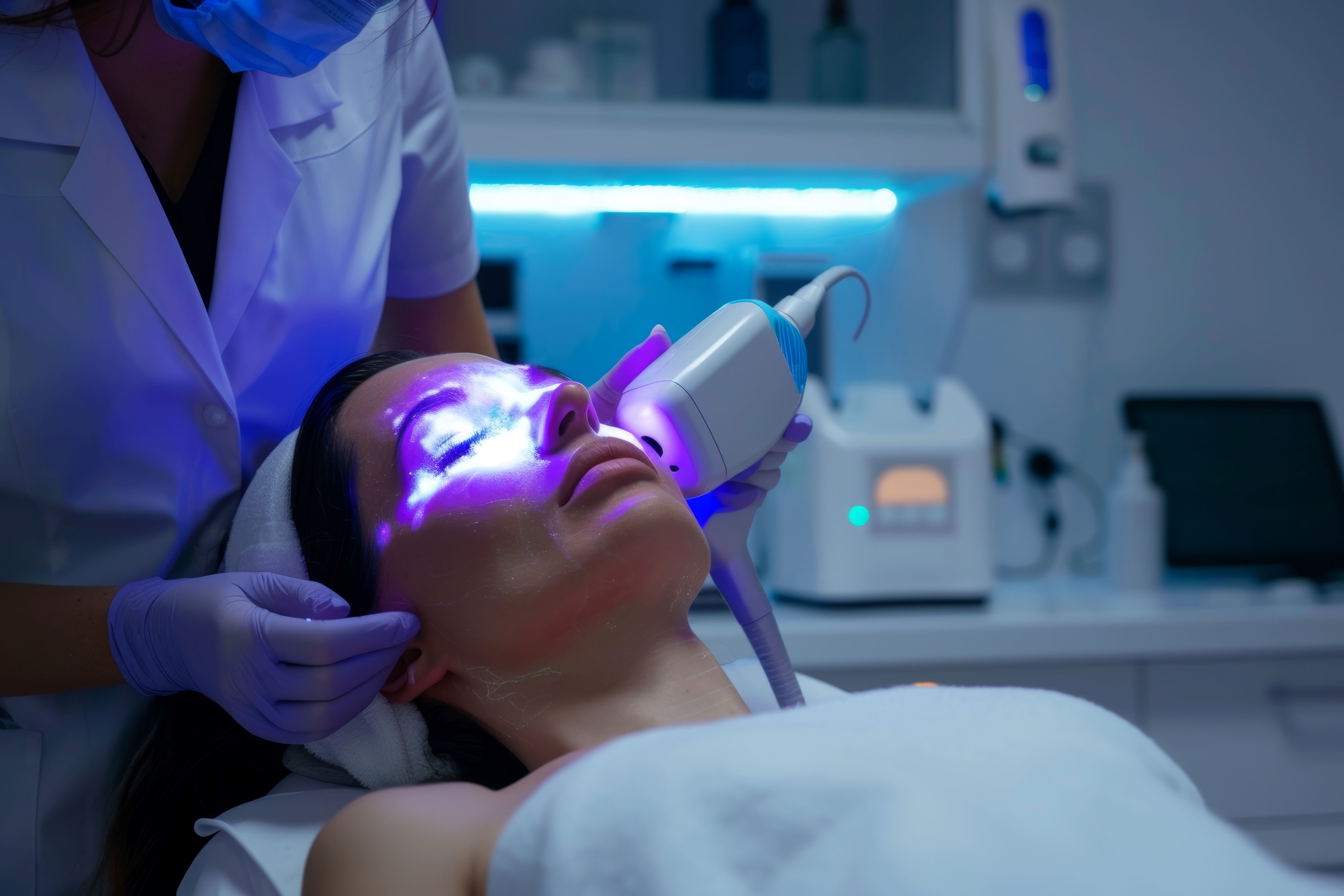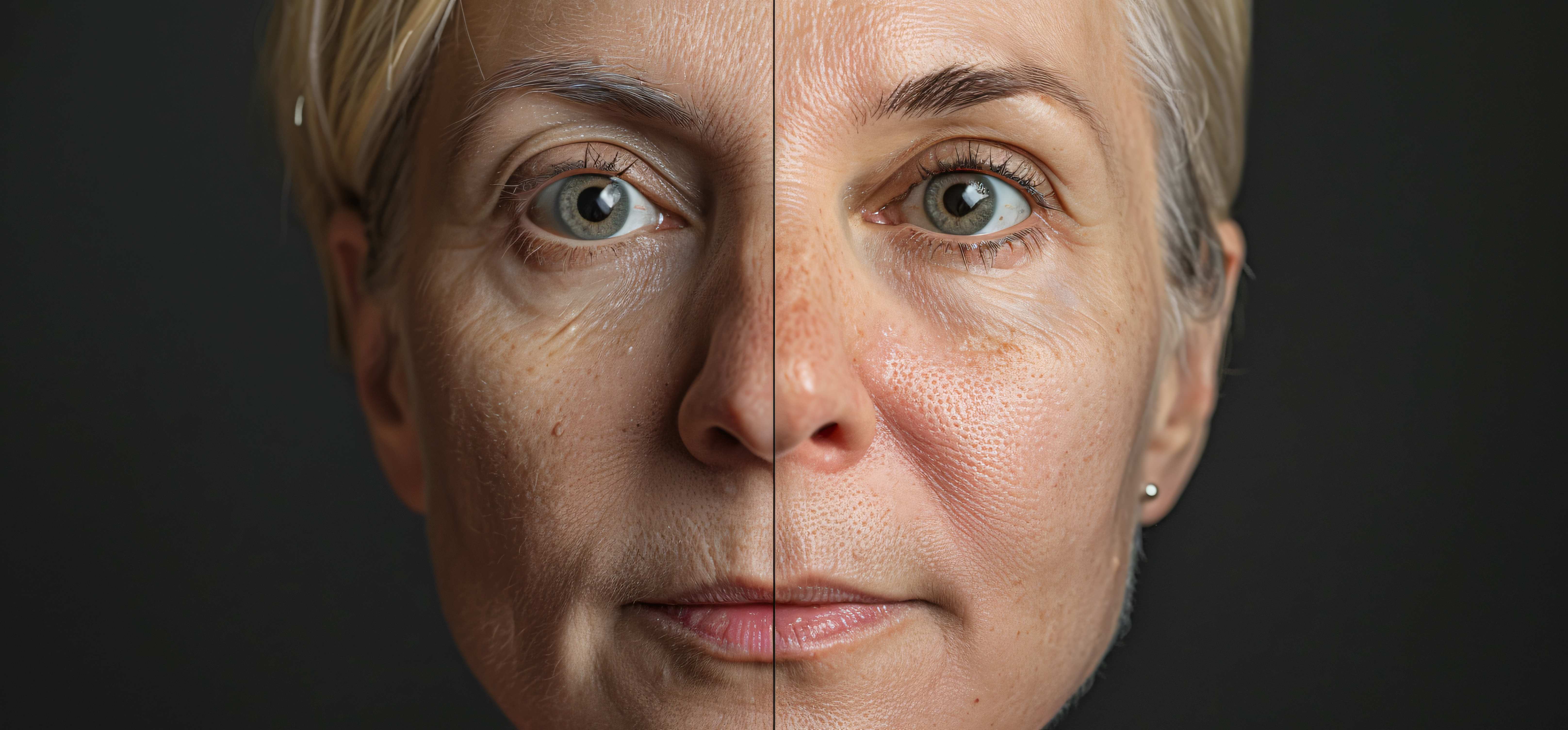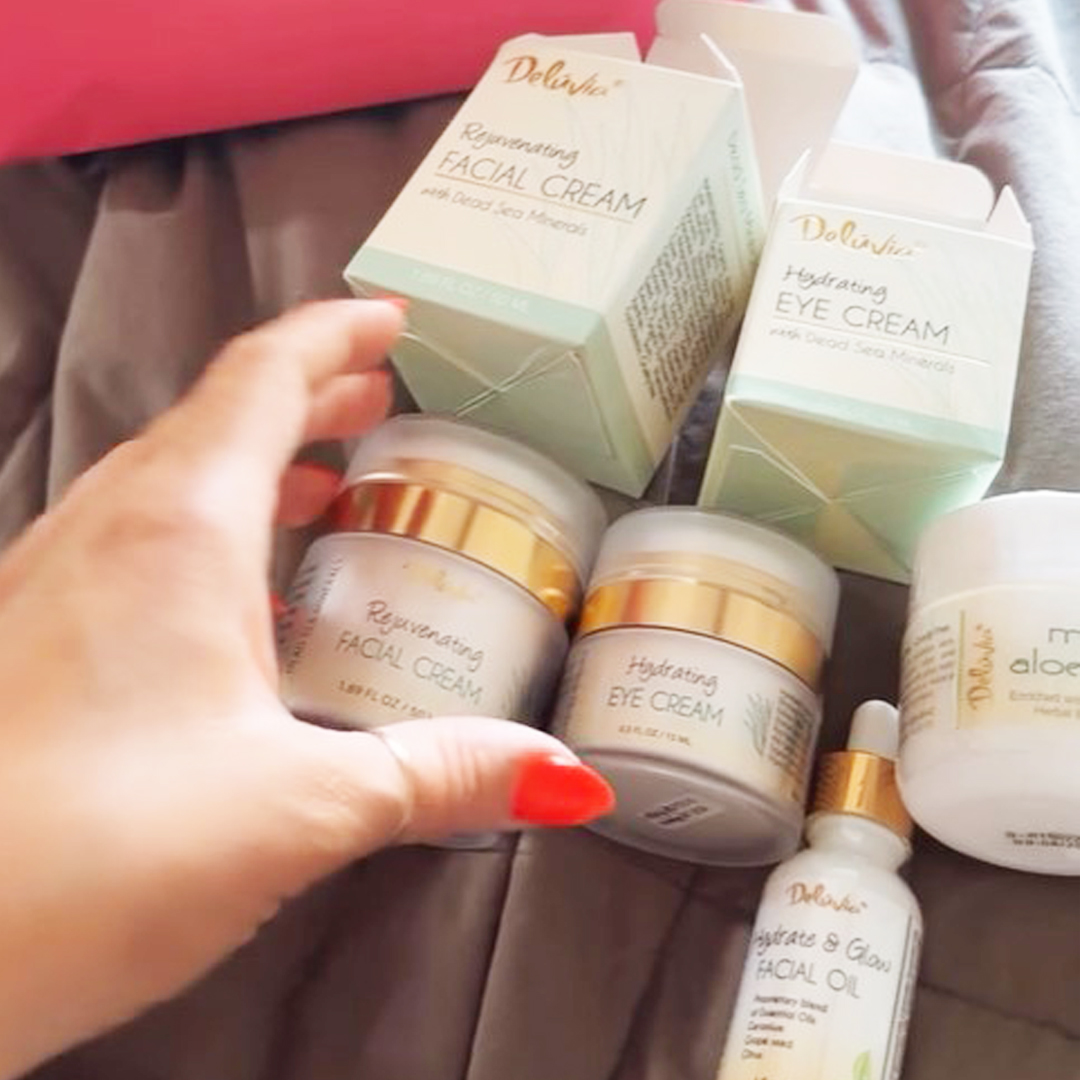
What Does Laser Skin Resurfacing Do? Addressing Common Skin Concerns
Have you ever looked in the mirror and wished you could rewind the clock on your skin?
Squinting at those pesky wrinkles and wondering if those acne scars will ever fade. Maybe you’ve even tried countless creams and serums with disappointing results. There’s a solution that’s been making waves in the beauty world: laser skin resurfacing.
It’s a safe and effective cosmetic procedure that harnesses the power of light to transform your skin. Intrigued? This guide will break down everything you need to know about laser skin resurfacing, from how it works to the skin concerns it can address. So, say goodbye to those frustrating imperfections and get ready to discover a smoother, more radiant you.
What Is Laser Skin Resurfacing?
A beam of light so focused, it can gently vaporize thin layers of skin with pinpoint accuracy—that’s the power behind laser skin resurfacing, a cosmetic procedure that’s been transforming complexions for years. It’s like hitting the reset button on your skin, giving you a fresh canvas to work with. There are two main types of lasers used in this procedure:
Ablative lasers
These remove the outer layer of skin (the epidermis) and part of the underlying layer (the dermis). It’s like a controlled burn, triggering your body’s natural healing response to produce new, healthier skin cells.
Non-ablative lasers
These are a bit gentler, targeting the deeper layers of skin without damaging the surface. They stimulate collagen production, a protein that gives skin its firmness and elasticity.
Which laser is right for you? That depends on your specific needs and goals. Your dermatologist or aesthetician will assess your skin type and concerns to recommend the best course of action. You might be thinking if it’s painful. Yes, it can be a bit uncomfortable, but most people tolerate it well. Your provider will likely apply a numbing cream beforehand to minimize any discomfort.
Common Skin Concerns Addressed by Laser Skin Resurfacing
Millions of people grapple with these common concerns, and laser skin resurfacing could be the game-changer you’ve been searching for.
Wrinkles and fine lines
By stimulating collagen production, it plumps up the skin, softening the appearance of wrinkles and fine lines. Crow’s feet, forehead furrows, those “parentheses” around your mouth—they can all be minimized with this treatment.
Acne scars
Laser resurfacing breaks down scar tissue and encourages the growth of new, smooth skin, making those pockmarks and depressions less noticeable.
Hyperpigmentation and sun damage
Years of sunbathing or just living life can leave your skin with uneven tone and dark spots. Laser resurfacing can target these areas, breaking down excess pigment and revealing a more uniform complexion.
Enlarged pores
Laser resurfacing can help tighten and refine the skin, making those pores appear smaller and less noticeable.
Uneven skin texture
Laser resurfacing can smooth out the skin’s surface, leaving it looking more radiant and refreshed.
Laser resurfacing can significantly improve the appearance of various skin concerns, but it’s crucial to consult with a dermatologist to discuss your individual needs and expectations before proceeding with the treatment.
Who Is an Ideal Candidate?
Laser resurfacing is best suited for individuals with fair to light skin tones and mild to moderate skin concerns. It’s particularly effective at addressing fine lines, wrinkles, sun damage, and acne scars. Ideal candidates are those in good overall health and with realistic expectations about the outcome.
Laser resurfacing isn’t recommended for everyone. Individuals with darker skin tones, deep wrinkles, sagging skin, or certain medical conditions may not be suitable candidates. A qualified dermatologist can assess your specific situation and advise whether laser resurfacing aligns with your needs and goals.
The Procedure
Laser resurfacing is typically performed by a dermatologist or plastic surgeon in an outpatient setting. Before the procedure, your doctor will clean your skin and may apply a numbing cream to minimize discomfort. Depending on the type of laser and the area being treated, you might also receive medication to help you relax.
During the procedure, the doctor will use a handheld device to direct the laser beam over your skin. The laser removes the outer layer of skin (epidermis) and heats the underlying skin (dermis), stimulating collagen production. The duration of the procedure varies depending on the extent of the treatment area.
Afterwards, your skin will be bandaged, and you’ll receive specific instructions for aftercare, which may include cleaning the treated area, applying ointments, and avoiding sun exposure.
Potential Risks and Side Effects
It’s important to be aware of potential risks and side effects associated with the procedure. Here are some of them:
- Redness, swelling, and itching: These are common temporary side effects and typically subside within a few days to weeks.
- Infection: Though rare, there is a risk of bacterial, viral, or fungal infection following laser resurfacing.
- Scarring: In some cases, laser resurfacing can cause scarring, especially if proper aftercare instructions are not followed.
- Changes in skin color: Some individuals may experience temporary or permanent changes in skin pigmentation after treatment.
- Milia: Tiny white bumps called milia can develop after the procedure, but usually resolve on their own.
- Cold sore reactivation: If you have a history of cold sores, laser resurfacing may trigger a recurrence.
It’s crucial to discuss these potential risks and side effects with your dermatologist before deciding to undergo laser resurfacing. They can assess your individual risk factors and help you determine if the procedure is right for you.
Final Thoughts
Rediscover the radiant you. Laser resurfacing could be the key to unlocking a smoother, more youthful complexion. Your journey to vibrant skin begins with a consultation – take the first step today.










